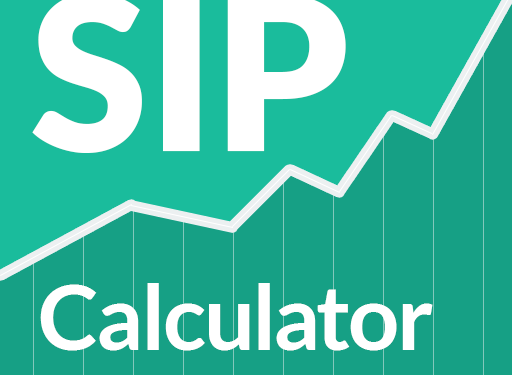Aspiring persons have gained favor for Systematic Investment Plans, seeking long-term financial stability. Many young professionals view their SIPs as a structured, straightforward way to invest in mutual funds. Investing through SIPs offers the significant advantage of disciplined investments, regular savings, and linked returns to market performance. However, it is important to learn how to go about SIPs efficiently to enable individuals to achieve their desired financial goals.
Understanding the Role of SIPs
A SIP is a program where investors pay a specific amount at set intervals into a scheme of mutual funds. It helps avoid timing the market while promoting consistency in investment habits. For young professionals just starting their careers, SIPs will allow them to enter the market bit by bit and form a habit of saving and investing.
SIPs operate on the basis of rupee cost averaging, which states that investors will buy more units when prices go low and fewer units when they run high, and in the long haul, it smoothens the effect of market volatility.
Be Early in Career
The important strategy with SIP investment is to start early. Starting an SIP at the beginning of the career defines a long investment horizon. A longer time frame has the potential to deliver compounded gains to the investments. Compounding occurs when the returns generated from an investment get reinvested, thereby generating their own returns. Young professionals can benefit from this by consistently maintaining their SIP contributions for several years.
Identifying Financial Goals
Before kick-starting SIPs, individuals have to set defined financial objectives. Examples of goals may be to buy a house, fund an emergency fund, save for education, or cater to retirement planning. Each goal will have its time frame and risk appetite for achieving it. Determining these targets early on makes it simpler for individuals to decide on how much to spend on the SIP, how long to invest, and which mutual fund to choose.
Using a SIP calculator will enable individuals to estimate the monthly investment required to achieve a particular goal in a given time frame. With this tool, investors can define the desired corpus, expected return rates, and time period of investment in SIP mode to determine the SIP amount they need to accumulate. It helps in planning without assumptions.
Choosing the Correct Mutual Fund
Young professionals should consider their risk tolerance before investing in a fund due to the differences in focus, asset allocation, and historical performance of mutual funds. Equity-oriented funds usually carry market-related risks because they are not primarily used for short-term investment but rather for long-term investments. Individuals should base their fund selection clearly on research.
Reviewing and Changing Investments
Regular evaluation of SIP investments becomes a necessity. With changes in financial conditions, life goals, and market situations, revisiting the relevance of SIPs in achieving individuals’ financial objectives becomes necessary. There may be a need to readjust the amount of the SIP or move to a different fund.
Diversifying Investments
Diversification reduces concentration risk by spreading investments across different asset classes or categories in a fund. Young professionals can consider equity, hybrid, and debt mutual funds for diversified investment depending on their financial goals and time frames.
Compare SIP and Lumpsum Investments
While SIPs involve fixed amounts contributed at regular intervals, lump-sum investment refers to investing a hefty amount in one go. Each method has a different approach, and each is suitable based on market conditions and investor profiles.
Tax Implications and Documentation
SIP investments will face taxes based on the type of mutual fund undertaken and holding time. Any investments in equity funds held for a period exceeding one year are subject to long-term capital gains tax. Debt funds may have different treatments based on the holding period.
Conclusion
SIPs can be seen as one of the convenient and structured ways for young professionals to invest and create wealth for a longer period. Young professionals with SIPs can start investing early, have a clearly defined objective, use some relevant tools (like SIP calculators and lump-sum calculators), keep reviewing their investments from time to time, and also diversify across the various portfolios to align with their strategic plans concerning earned income and individual wants.












